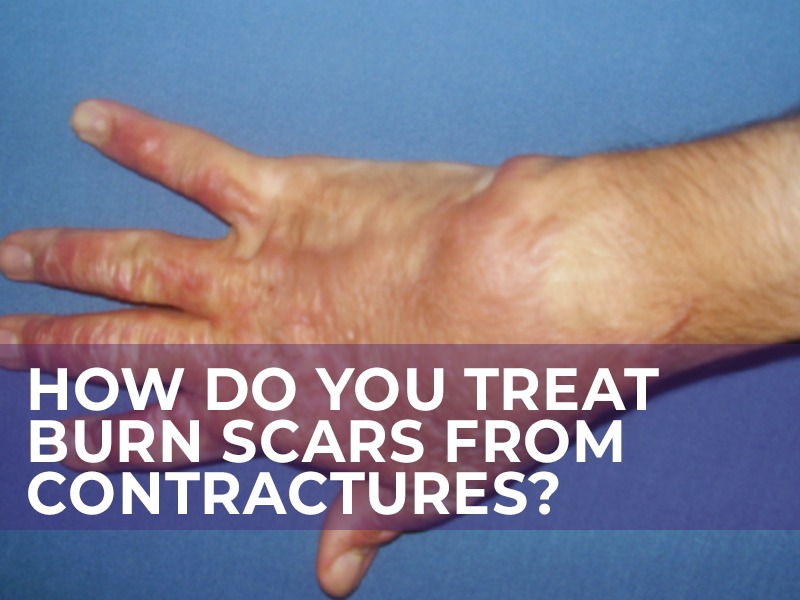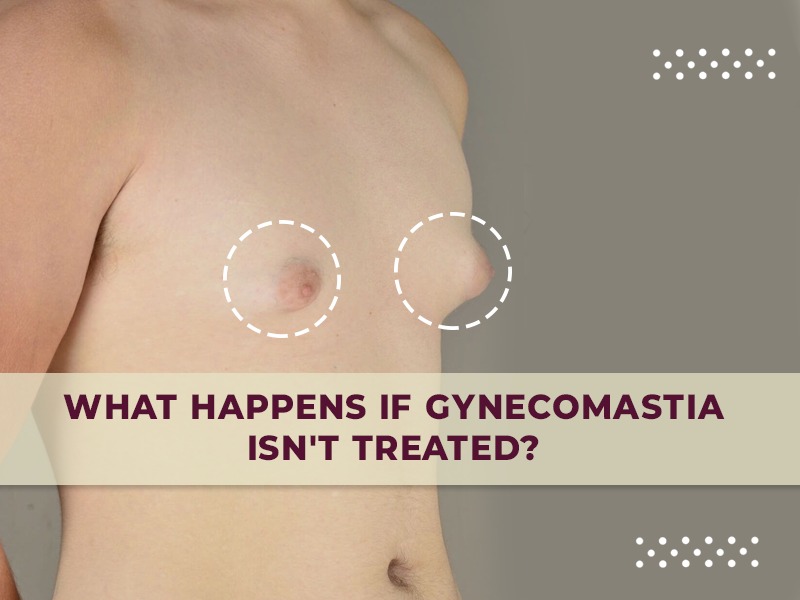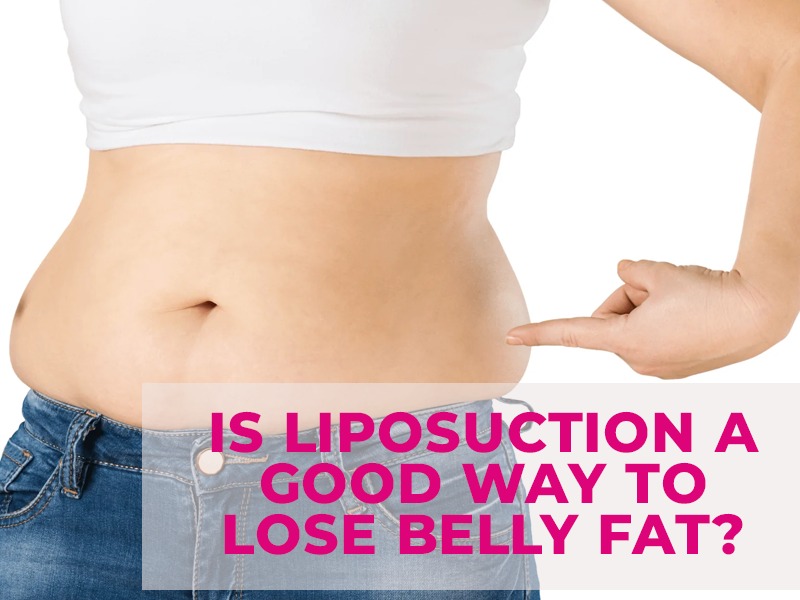How do you Treat Burn Scars From Contractures?
Introduction You got a bad burn, and as a result, you have got scars that limit your range of motion. You might be wondering if there is anything you can do to improve the look and function of your scars. You’ve come to the right place! This blog will provide you all the information you need to treat your contracture burn scars. We’ll begin by explaining the various sorts of therapies available, and then we’ll go into how to select the best treatment for you. Finally, we’ll give you some pointers on how to get the most out of your treatment. What Is a Contracture? A contracture is a complication that can happen as a result of a burn injury. It’s a condition where the skin and muscles around the burn wound to contract and tighten, which can cause deformity, pain and restricted movement. If you or someone you know has suffered from a burn injury, it’s essential to know how to treat burn scars from contractures. This guide will outline the steps that need to be taken to prevent and treat this complication. Treatment Options for Burn Scars From a Contracture Now that we’ve established the basics of burn scars from contractures, it’s time to explore the treatment options. As we mentioned, these scars can be stubborn and difficult to treat. But that doesn’t mean they’re impossible to improve. There are a few different ways to treat burn scars from contractures: 1) Surgery: This is usually the first option doctors will recommend. Surgery can help correct the contracture and improve the appearance of the scar. 2) Laser therapy: Lasers can be used to help break down scar tissue and improve the appearance of the scar. 3) Chemical peels: This treatment uses acids to remove the top layer of skin, which can help improve the appearance of scars. 4) Microneedling: This treatment uses tiny needles to create tiny wounds in the skin. This helps promote collagen production and can improve the appearance of scars. Prevention and Complications of Burn Contractures If you’ve suffered a burn, the best way to prevent contractures is to keep the burned area moist. This will help the skin to heal and reduce the risk of developing contractures. When a burn occurs, the skin cells die and release toxins. The body’s natural response is to form a scab to protect the delicate new skin underneath. This can often lead to contractures if the scab becomes too tight or if it develops in an awkward position. Complications of burn contractures can include: -Restriction of movement -Pain -Loss of function in the affected area -Skin infections Conclusion So, those are the basics of burn scar treatment for contractures. Remember, consult with your doctor to see what’s best for you, as they will be able to take into account the extent of your injuries, your overall health and other factors which could influence your treatment plan. With patience, dedication and the right treatment plan, you can minimize the appearance of your burn scars and improve your quality of life.
How do you Treat Burn Scars From Contractures? Read More »






